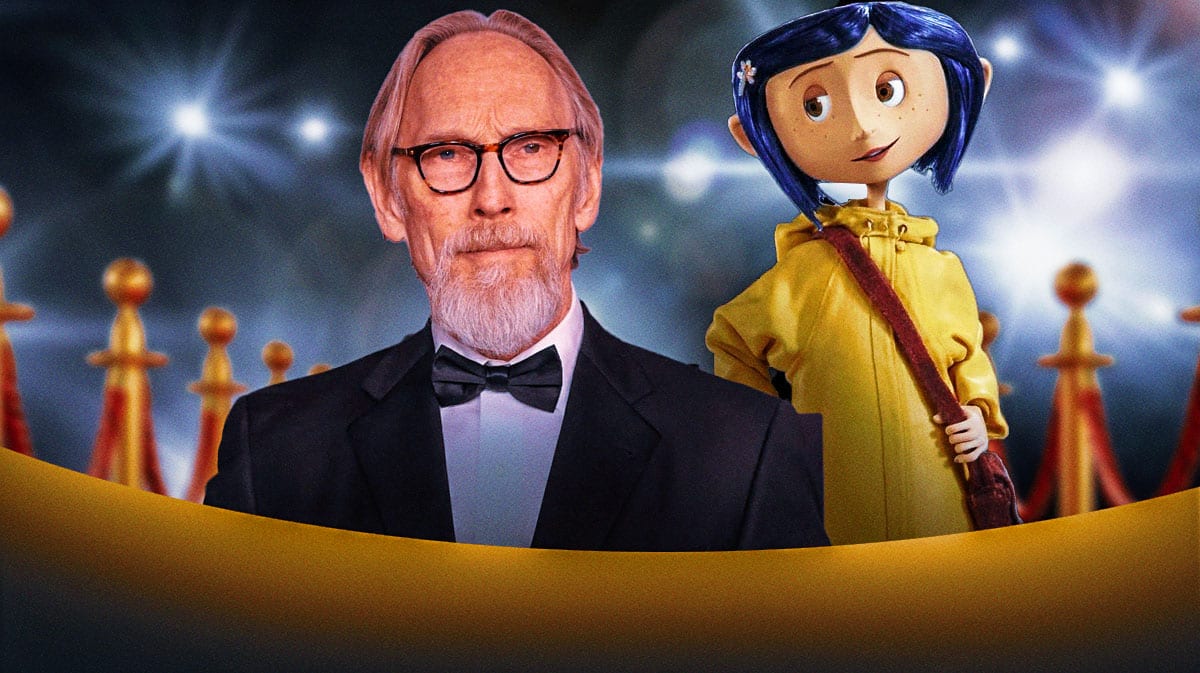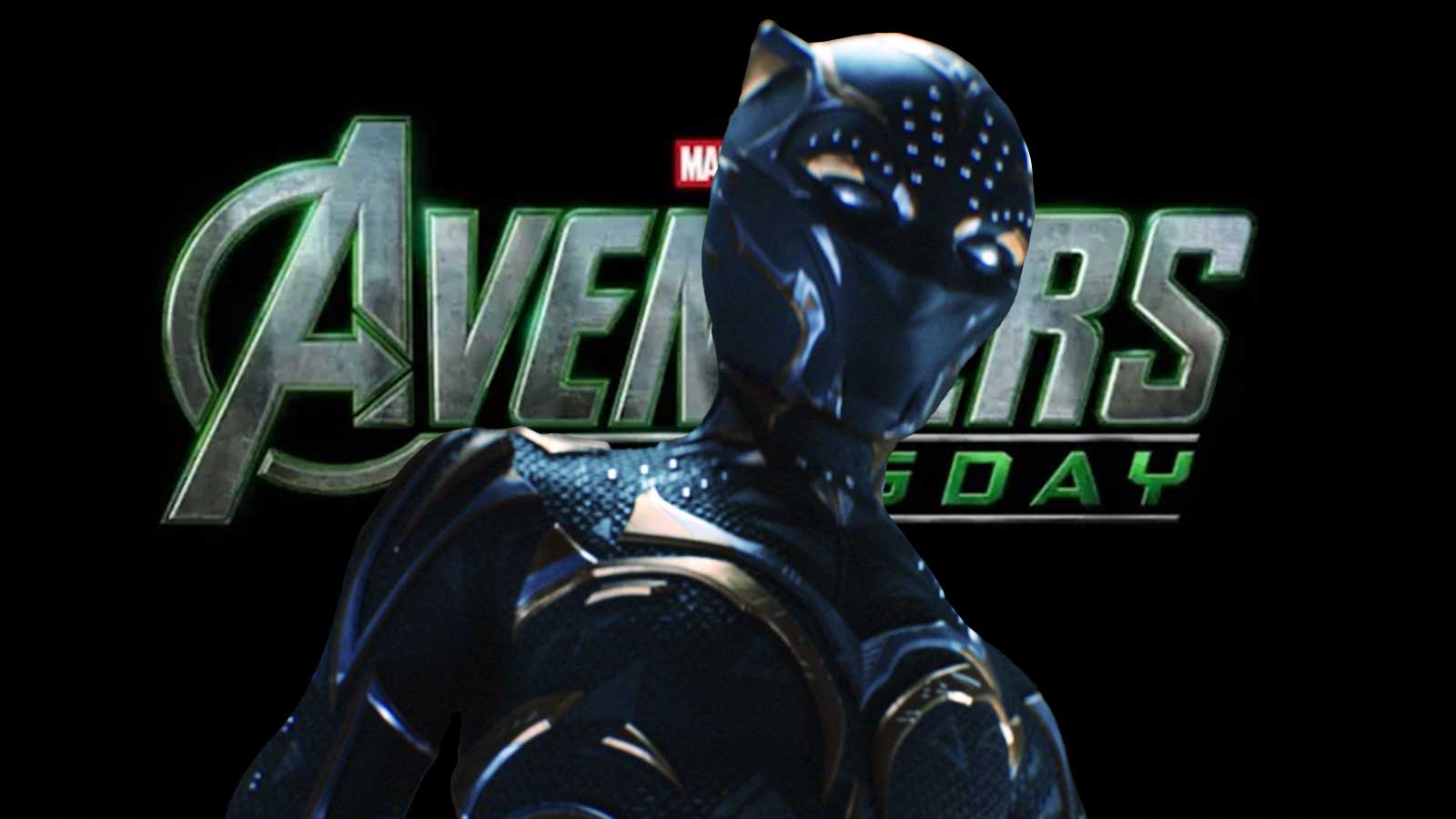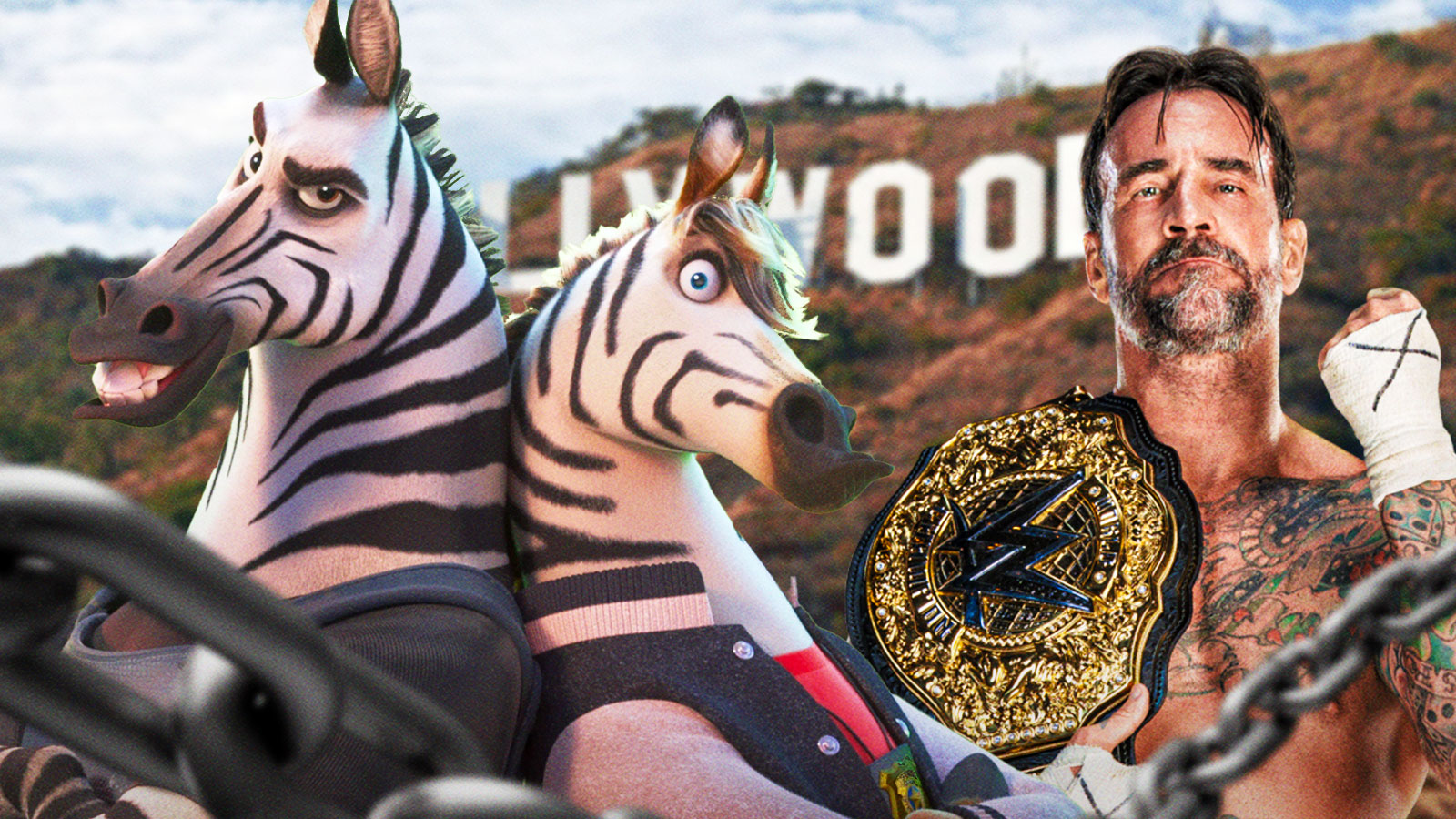Fans of Coraline should be as excited as a new film that is “almost a sequel” is in development.
Variety reports that Henry Selick, the stop-motion giant who wrote and directed 2009's classic Coraline, is now set on Neil Gaiman's adaptation, The Ocean at the End of the Lane.
As of now, the plan is to make this Gaiman project his next feature film.
It already has a 35-page treatment accompanied by artwork and concept designs, which hopefully will help him sell the project as he's shopping it around.
Word is that ShadowMachine, the studio that brought Guillermo del Toro's Pinocchio to life, is interested.
“Instead of a child going to this other world with a monstrous mother, it's a monstrous mother who comes into our world to wreak havoc on a kid's life,” he says of the new project.
The Ocean at the End of the Lane is a story by Gaiman published in 2013. It features an unnamed man returning to his hometown. There, he starts to recall some memories from his past. One of those memories is about a young girl named Lettie Hempstock, with whom he adventurously seeks spirits and other things.
Beyond the Gaimon-based feature, Selick hopes to revive his shelved project, The Shadow King. However, he wants to make this a graphic novel to be seen as a proof of concept. From there, he may hand it off to another director.
Henry Selick discusses his influences and career
An interesting aspect of the panel is when Selick describes his influence from Ray Harryhausen, a stop-motion pioneer. Harryhausen created animations for movies like Mighty Joe Young (1949), The 7th Voyage of Sinbad (1958), and Jason and the Argonauts (1963).
“Those cyclops and dragons and skeletons took a hold of me,” the filmmaker said. “[Because] I knew they were absolutely real, but didn't know in what universe they'd be brought to life or how that worked.”
So, he worked on learning how stop-motion was achieved. He did this by attending the University of Syracuse and, eventually, CalArts. Then, he landed a gig at Disney.
“I also ended up working at Disney, but it wasn't the initial impulse,” he added. “That's been the story of my life — bringing more experimental ideas into more traditional stories.”
Disney is where he met his colleague Tim Burton before he started his stop-motion studio. With his studio, Selick began working on bumpers for ads that provided him training better than school. Most of this was for MTV.
He also shed light on CG and how it affected the industry.
“[CG] did kill us, but then, we were resurrected many times,” the filmmaker said. “[Stop-motion] is based on the first trick photography and the original movie magic. [The format] can't grow old, because it's already old, but that doesn't mean it's musty and should be locked away in the attic. That just means it's connected to something deeper and more historic.”
“Our films have always had a smaller market,” he continued. “But they last longer, and will have a much longer life….The best stop motion films aren't just of this moment. They're for all time.”
Like his other features, the Ocean at the End of the Lane will probably prove timeless. Coraline is still a classic to this day, attracting new fans—young and old—when the film is viewed for the first time.




















